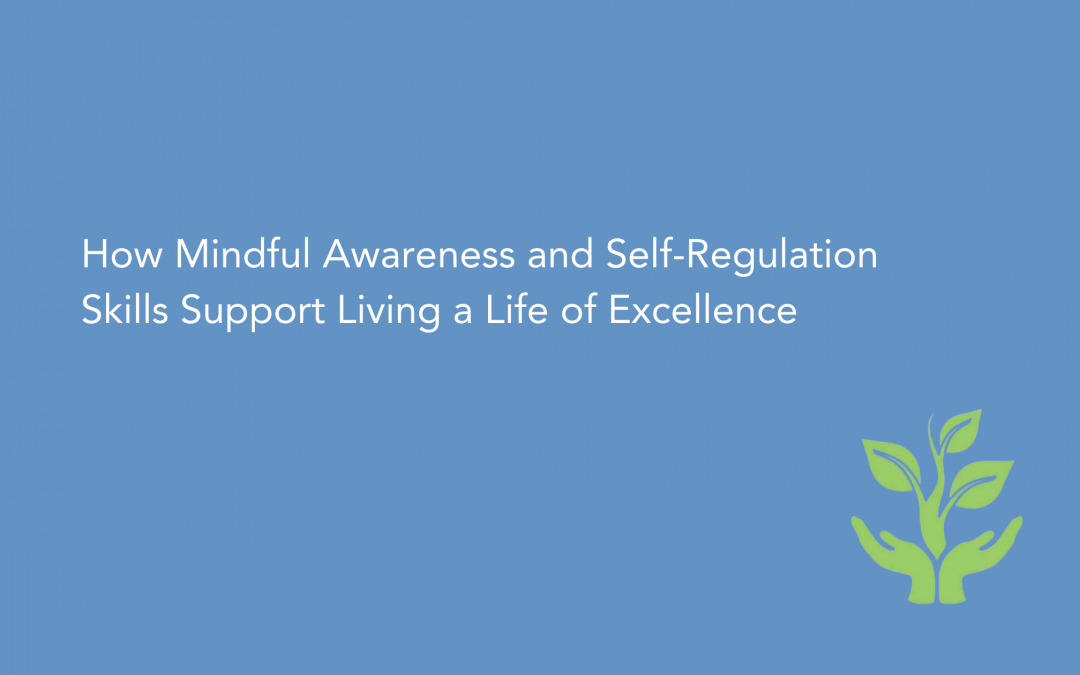Sept 29 2018 day-long retreat with
Har-Prakash Khalsa
Har-Prakash Khalsa started meditation training in 1984, at the age of 24. He has participated in several neuroscience studies including spending 6 hours in a fMRI as an adept meditator in the 2012 Harvard Mindfulness study as part of the Mapping the Meditative Mind project. http://jeffwarren.org/articles/how-understanding-enlightenment-could-change-science/
Since the year 2000 Har-Prakash https://harprakashkhalsa.wordpress.com/on-enlightenment-an-interview-with-shinzen-young/ has studied an evolving modern mindfulness system developed by Shinzen Young. He is the producer of the YouTube channel expand contract https://www.youtube.com/user/expandcontract which features the teachings of Shinzen. https://harprakashkhalsa.wordpress.com/on-enlightenment-an-interview-with-shinzen-young/
Har-Prakash is currently refining a 40-lesson curriculum titled Cultivating the Jewel of Mindfulness, a secular, systematic, science-friendly approach to facilitating a more skillful, mature and fulfilling human experience.
Handout
How Mindful Awareness and Self-Regulation Skills Support Living a Life of Excellence
Mindful Awareness – Concentration, sensory clarity, and equanimity working together.
- Concentration – the ability to focus on what we deem relevant.
- Sensory Clarity – The ability to track where and how the sensory components of our experience live together in our sensory spaces at deeper and subtler levels.
- Equanimity – The ability to allow sensory experience to come and go without push or pull.
Human Sensory System

Mindful Living – Mindful awareness + ethical, loving, and skillful action.
Body-Mind-Behavioural Conditioning Content
- Demoting – Unwholesome sensory content such as shame and negative self-judgement, outdated and unwholesome habits, and behaviours.
- Promoting – A foundation of wholesome self-regulation and co-regulation strategies, qualities, habits, and contributions.
Coping Strategies– Whatever assists us in our attempt to regulate our body-mind-behavioural conditioning. Can be wholesome or unwholesome.
Repression Barrier –Part of our survival (coping) strategy to keep unconscious our unprocessed backlog of body-mind coping strategies.
Negative Trigger Cycle – The compounded patterning of sensory reactivity. Can drive or distort our behavior.
Sympathetic Nervous System– Our survival fight, flight, freeze and fold reaction. Associated with our negative trigger cycle.
Parasympathetic Nervous System– Our “rest and digest” system.
Window of Tolerance – Comfortable activation, calm and alert nervous system vs. hyper and hypo-activation.
Resilience –The ability to recover quickly from a shock.
Agency– Our ability to clarify, motivate and direct our behavior in a wholesome manner. Can diminish as our emotional limbic system expands.
Self-Regulation – The ability to regulate our body-mind-behavioural conditioning (thoughts, emotions, actions) within our window of tolerance and according to the demands of the situation.
Co-Regulation– Using our connection with others to assist in regulating our body-mind-behavioural conditioning (thoughts, emotions, actions) within our window of tolerance and according to the demands of the situation.
Self-Assessment – Neutral or supportive evaluation of any difference between where we are currently operating from and our realistic ideal, so we can further close the gap of what we value.
Authentic Self – Any orientation that is aligned with our realistic ideals and mature self.
Prosocial Behaviour – Associated with generosity, empathy, compassion, and actively improving the world.
Flourishing– The ability to actualize our ideals and live a life of excellence. Includes prosocial behavior. To flourish is to lead a more meaningful life.
Har-Prakash Khalsa, Sept. 29, 2018.
Upcoming training in Toronto: Nov. 3 & 4, Dec. 8 & 9. Eight classes of a 40-class comprehensive mindfulness training over two weekends. See http://www.lotusyogacentre.com/mindfulness-course-2018/ for details or email me at harprakash01@gmail.com.

